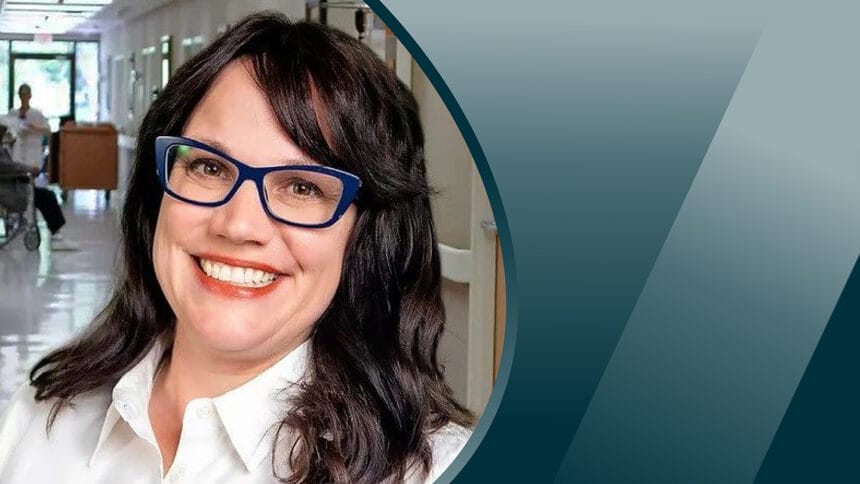
It’s truly remarkable to reflect on the four years that have passed since the onset of the COVID-19 outbreak. Throughout this time, profound lessons have been learned about infection prevention and control (IPC) in long-term care facilities.
Despite the strides made, it’s evident that there’s still much ground to cover.
Building a robust IPC program can seem like a daunting task. However, through extensive visits to facilities across the country, my team and I have discovered that the key to success lies in making incremental yet significant improvements to existing processes. This, combined with obtaining buy-in from facility leadership, is pivotal in ensuring that the IPC program effectively mitigates infectious disease outbreaks and efficiently addresses those that occur.
But where should these improvements begin?
The answer to this question varies depending on numerous factors. However, one constant remains: once the unique challenges are identified, it’s time to embrace creativity.
Getting creative with IPC
Consider this scenario: your facility operates with only one laundry attendant, working from 7:00 AM to 3:00 PM. With limited resources preventing the hiring of additional staff, soiled laundry accumulates, risking overflow into inappropriate areas. This poses a significant threat of cross-contamination to residents, staff and visitors alike.
To address this challenge, think outside the box: mobilize volunteers to inspect laundry receptacles during the attendant’s absence, promptly transferring any found items to the designated area in the utility room. If volunteer availability is insufficient, consider delegating the task to an environmental services staff member or certified nursing assistant.
The essence lies in breaking away from conventional thinking and employing innovative solutions to tackle common issues cost-effectively.
These seemingly minor adjustments leverage the power of systemic change. Sustainable progress isn’t achieved through grand gestures but through consistent, meaningful actions over time.
Take, for instance, the issue of hand hygiene — my team and I have noticed that most facilities we go into only have alcohol-based hand rub (ABHR) dispensers inside or outside each resident’s room. Almost no facility has dispensers in both locations. And yet, the Centers for Disease Control and Prevention (CDC) recommends dispensers both inside and outside each room to promote hand hygiene.
Just like the laundry problem, the fix for this issue is simpler than you might imagine. Contact your ABHR vendor and request additional dispensers for the facility. Most vendors will provide them for free since you’re purchasing sanitizer from them. Once you receive the dispensers, install them where necessary to ensure every room has one inside and outside.
This enhanced access to ABHR will lower the risk of infectious disease outbreaks, leading to a decrease in the amount of personal protective equipment (PPE) your staff requires. This, in turn, will boost their morale and reduce staff turnover.
Leveraging leadership
As mentioned earlier, creating sustainable change also requires leadership buy-in. I have good news for you: ingenuity and creativity can often help here, too. If you focus on coming up with cost-effective solutions to as many problems as possible, then there’s a greater likelihood your facility’s leadership will approve more expensive solutions to fix the issues that innovation and creativity can’t solve.
To illustrate, let’s revisit the hand hygiene example. By taking the initiative to contact your vendors for free dispensers, you demonstrate to leadership your commitment to regulatory compliance and resident health. Simultaneously, you show awareness of the financial aspect. Consequently, they might be more inclined to approve the expense of maintaining stocked ABHR dispensers. However, there’s no guarantee of approval for every costly initiative. Nonetheless, this approach generally enhances buy-in where it’s crucial.
In summary, embracing innovation is key to improving your facility’s IPC program. Begin by thoroughly reviewing your common IPC challenges. Then, collaborate with your colleagues to devise fresh, creative solutions.
Remember, many of these solutions can be practical and don’t necessarily cost extra money. In addition, don’t hesitate to involve residents’ family members, as their unique perspectives may unveil solutions overlooked by staff.
Lastly, implement the creative solutions generated by you, your staff, and the family members. This concerted effort will strengthen your IPC program, ensuring the health and well-being of your community.
Buffy Lloyd-Krejci, DrPH, CIC, is the founder of IPCWell. Drawn to action to improve the infection prevention landscape for these communities, she utilized her over two decades of experience in the healthcare field and her doctorate in public health (DrPH) to launch IPCWell. She and her team have provided training, education, and technical assistance (both in person and virtually) to hundreds of congregate care facilities throughout the COVID-19 pandemic.
The opinions expressed in McKnight’s Long-Term Care News guest submissions are the author’s and are not necessarily those of McKnight’s Long-Term Care News or its editors.
Have a column idea? See our submission guidelines here.





